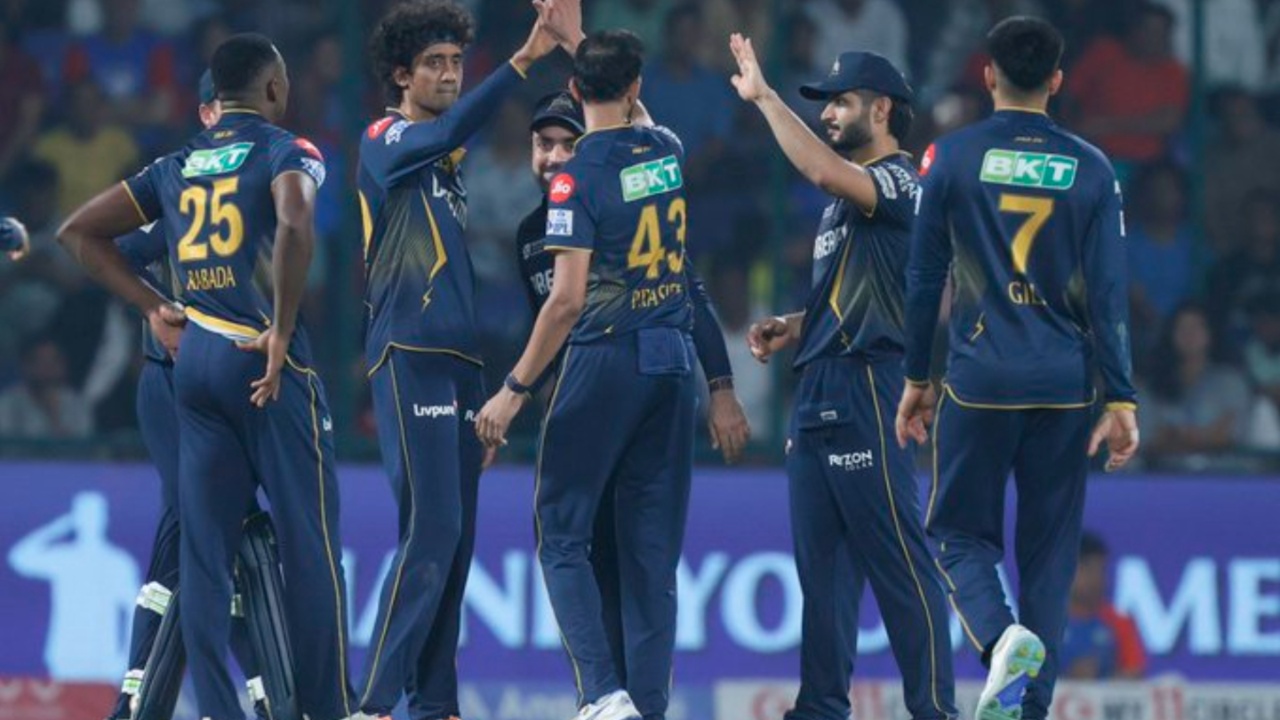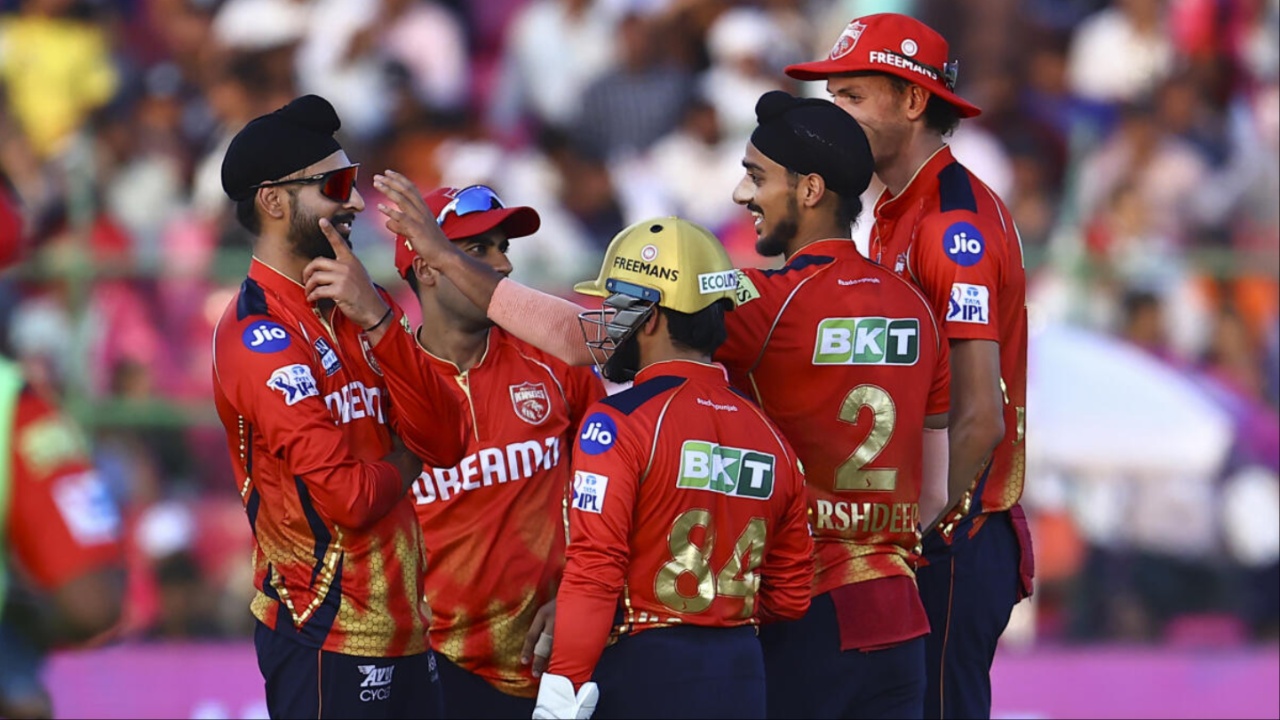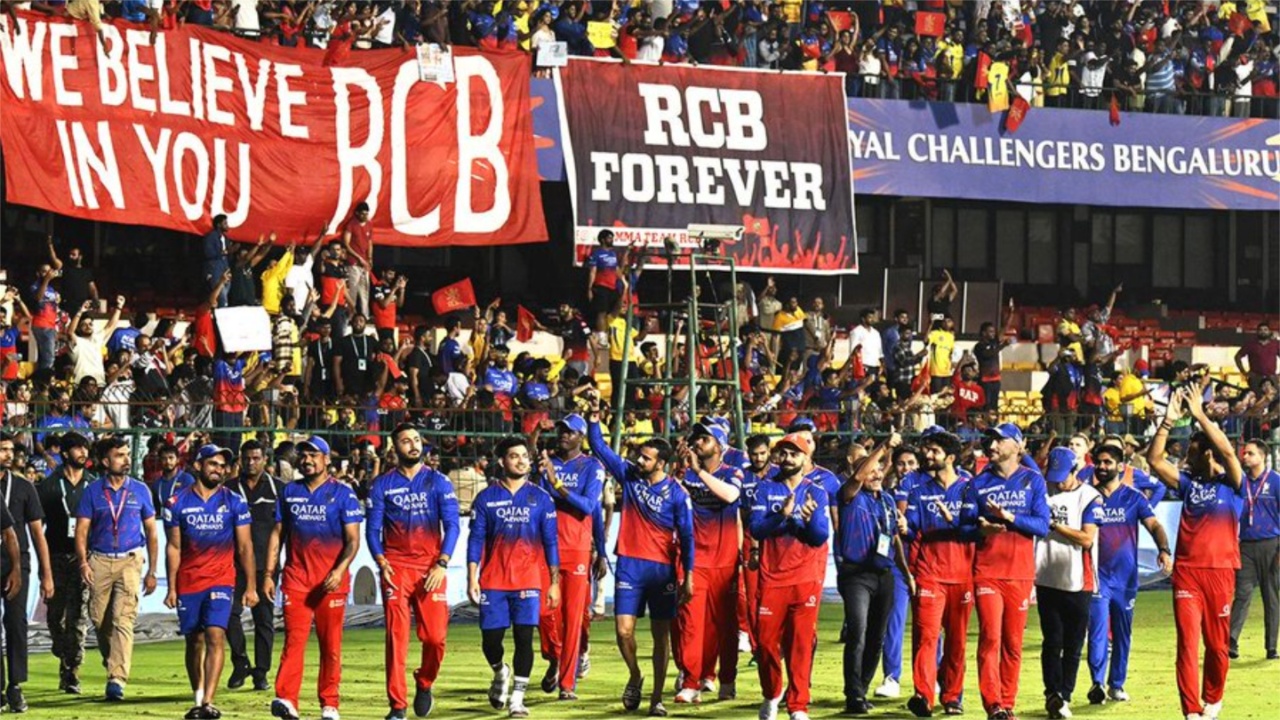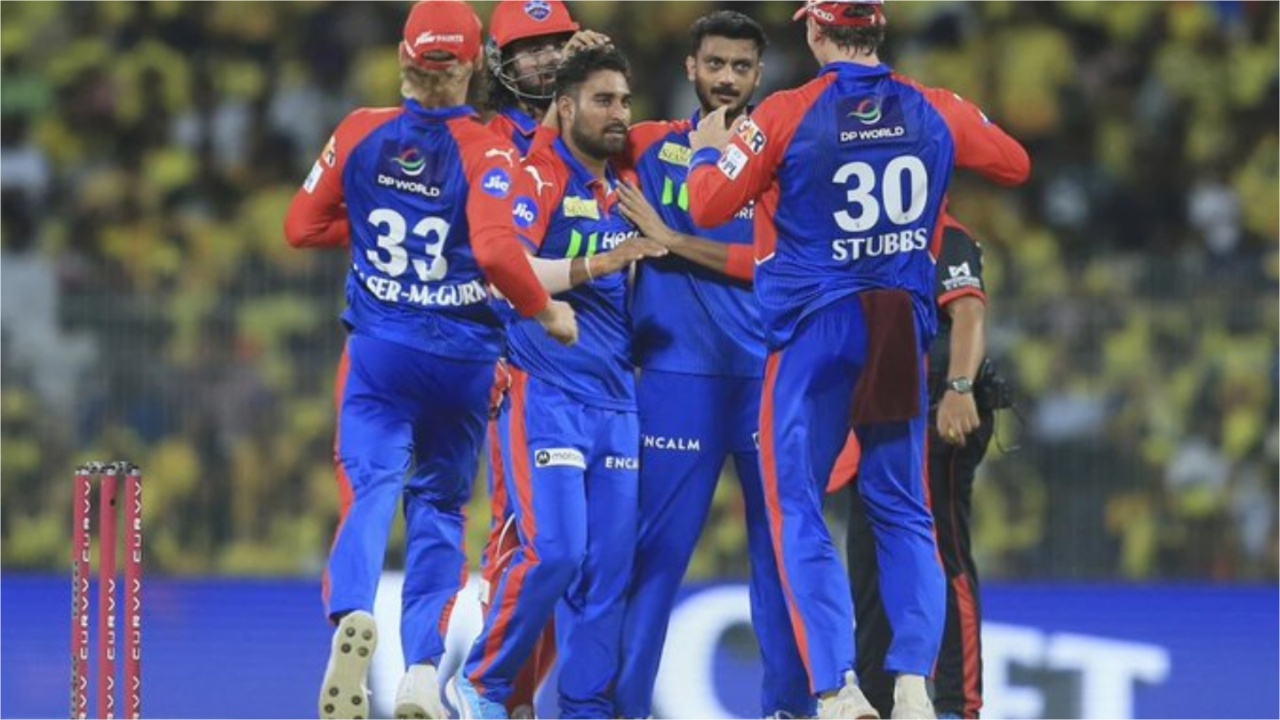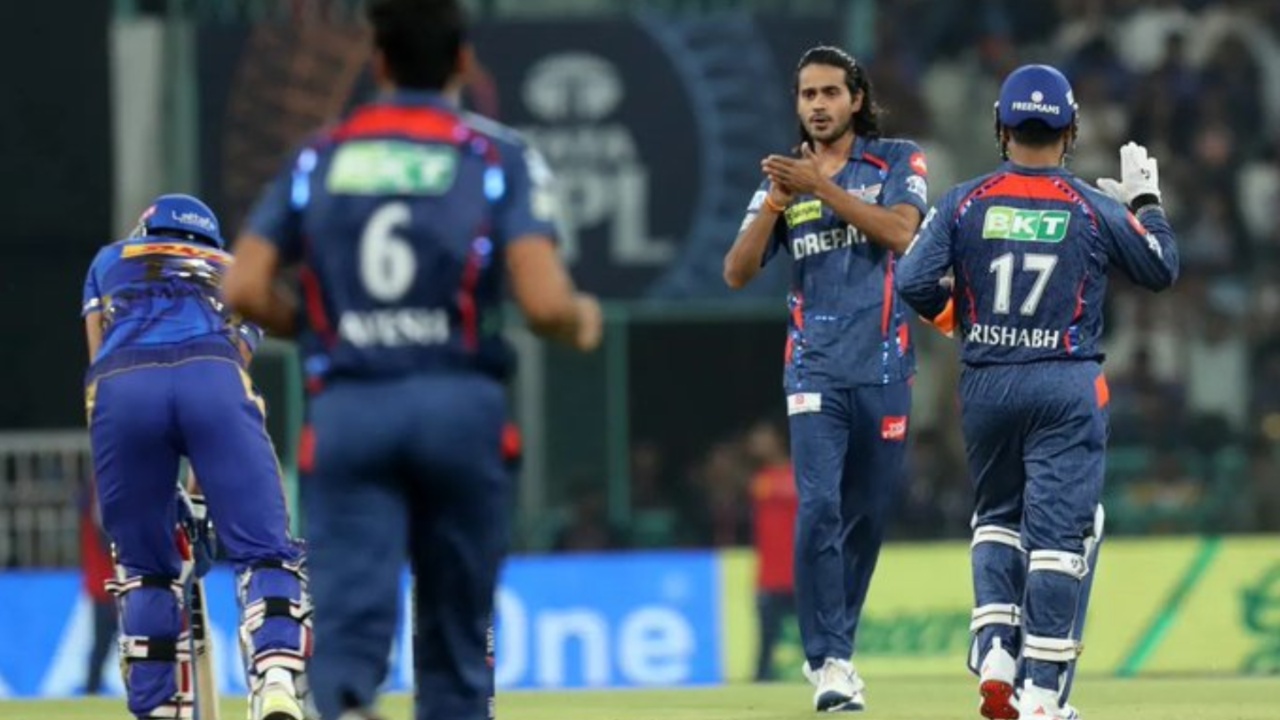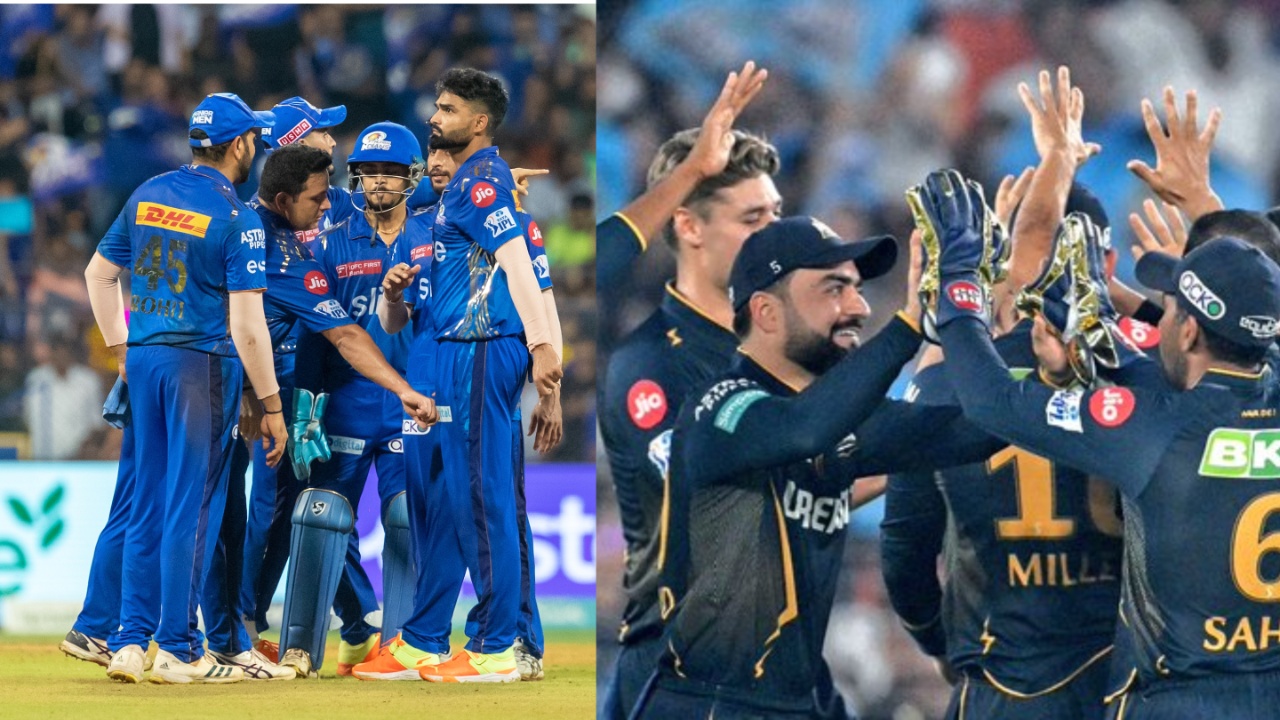5 Cricket Rules Introduced By IPL That Will Change World Cricket
Published - 06 May 2025, 11:52 AM | Updated - 06 May 2025, 11:34 PM
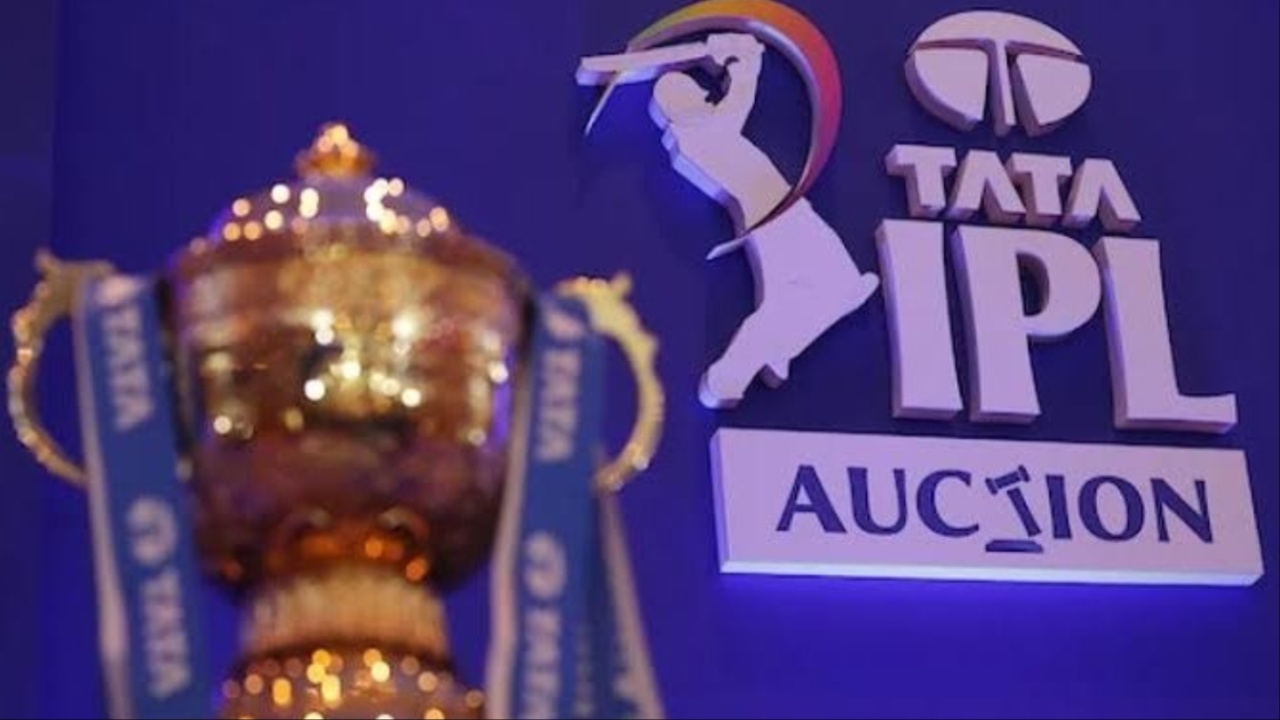
Table of Contents
The Indian Premier League (IPL) has applied a few rules and regulations for the 2025 season of the tournament that can change world cricket in the future.
For the most anticipated event, the Board of Control for Cricket in India (BCCI) has introduced several key changes that have impacted the dynamics of the game.
The International Cricket Council (ICC) banned the use of saliva during the COVID-19 period, but the IPL governing council has lifted that rule to enhance the game’s new and certain challenges.
5 Cricket Rules Introduced By IPL That Will Change World Cricket
1. Change of balls in the second innings
The game can’t depend totally on the toss factor. To counter the dew factor, the BCCI has introduced a rule that allows a second ball in the second innings during the evening games. In games where dew has a significant impact, the fielding side can ask for a ball change after the 11th over.
Also Read: Virat Kohli's Test Captaincy Ambitions To Be Fuelled By BCCI? India Squad for England Tests
The final decision is solely on the umpires, who will check the extent of the dew. That will eliminate the extra advantage for the chasing sides in the white ball formats.
2. Impact Player Rule of the IPL
The Impact Player Rule is a double-edged sword. It’s a strategic substitution of one player during the game, based on the flexibility of the team combinations. It has given a new dimension to the sport.
Teams can use the extra batter in the department before substituting him with a bowler. There have been cases where teams have used the batting skills solely if the batter is partially injured. Meanwhile, it has given more opportunities to the uncapped players to display their talent.
3. DRS on wide and no balls
It’s not easy for the umpires to always make the right decision on the wide and no-balls. In the technological advancement of the IPL 2025, teams can use the Decision Review System (DRS) to check the wide and height-based no-ball calls.
The umpires have also started using modern technology, where they implement the height of the batter to check if the ball is over the normal height or has gone above the head height to call it a wide. They have also started to judge if the batters are moving in the crease before deciding on the wide call.
4. Two bouncers in an over
The shortest format is largely covered by the batters, who nail the big shots around the ground for fun. It’s the bowlers who always come under pressure to deliver consistently. And yet, it’s the latter who helps in winning tournaments.
Since the inception of the IPL in 2008, the run rate of the season has gone up from seven to nearly ten. The BCCI decided that a bowler can use two bouncers in an over during the tournament. It has helped most of the pacers to fox the batters with variations.
Also Read: Rohit Sharma's England Tour In Danger? Ajit Agarkar Backstabs To Finalize New Captain
“The moment it was decided that there were going to be two bouncers in an over, that’s when all the bowlers decided that we got to use it at a certain point. Someone who has pace can use those bouncers, but slower bouncers are working.” Jaydev Unadkat expressed.
5. Lifting sthe aliva ban
Unlike international cricket, the IPL management lifted the saliva ban this year, and that has already impacted the game.
Mitchell Starc, Bhuvneshwar Kumar, and Mohammed Shami have used the reverse swing with the old ball during the death overs to make it difficult for the batters to score runs.
